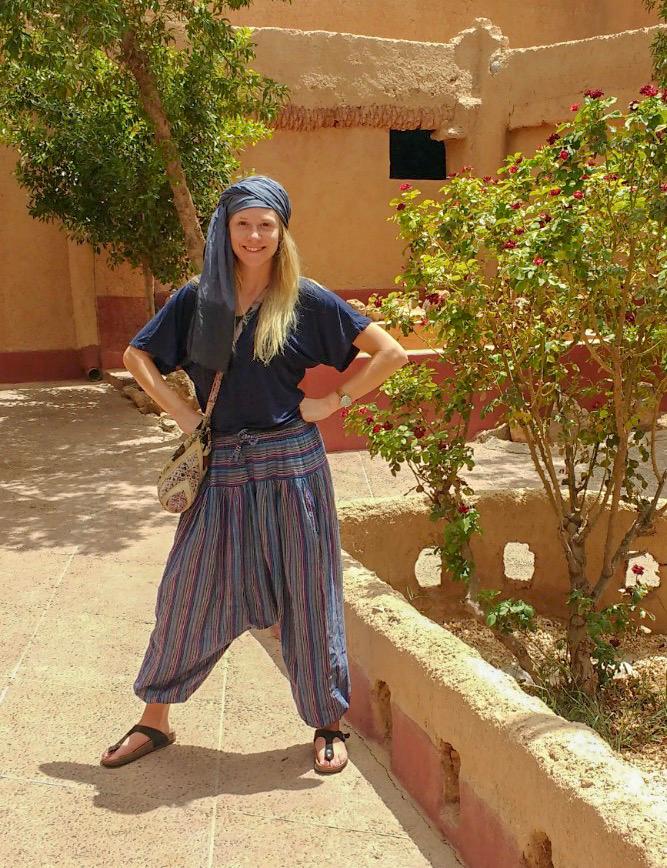We came home one day to a blocked street in front of our apartment. Rugs lay side by side, blanketing the road, chairs were organized in rows, and bulb lights were strung overhead. At first we thought there was a neighborhood party we weren’t invited to, but the atmosphere was a little too formal and somber. Upon inquiring with friends, we learned it was an “azza.”
::
When a Muslim dies in Saudi, it’s typical for the burial to happen that day, within a few hours if possible. The deceased person’s body is cleaned according to ritual, wrapped in cloth, and taken to the mosque where people join in prayer. Then a simple burial takes place in a cemetery. I read that people are buried facing Mecca and most graves are unmarked, which is in line with Islam’s cultural pull away from lavish displays of individualism (fact check me if this isn’t true).
::
After the burial, a three-day period of mourning occurs when the family accepts relatives and visitors who give their condolences. Sometimes this is in a home and other times it is outside (usually the men would be outside and the women inside). It’s customary for people to come all three days, sit with the family, and eat meals together. Sometimes there is a speaker and Quranic passages are read, sometimes not. There isn’t much talking and definitely no joking or laughing. I haven’t attended an azza but Sean has. He made the faux pax of trying to lighten the mood with a joke, and another of our friends brought some juice (apparently not appropriate), but they got a pass because they’re American and didn’t know better. 😬
::
As with every culture, there are differences in funeral tradition depending on tribe, family, location, etc. In some Muslim traditions, inconsolable wailing by the women is expected and people collapse with grief during the prescribed mourning times. In others, it’s more common to hold oneself together and process internally.
::
At least we now know what to expect when we come across a street where they’re rolling out the rugs and setting up chairs…

Our Journey through the Land of Midian in Saudi
When I was a child, learning about Moses in Sunday school and watching VeggieTales and The Prince of Egypt, I thought of places like the






